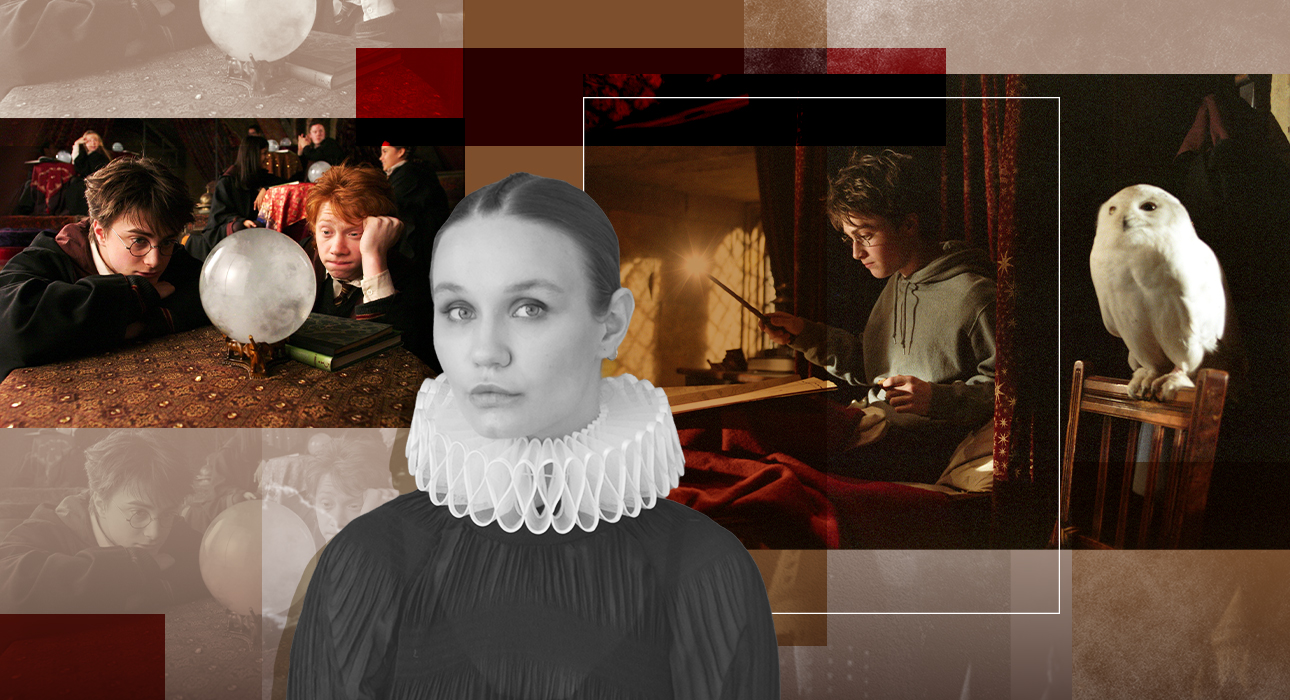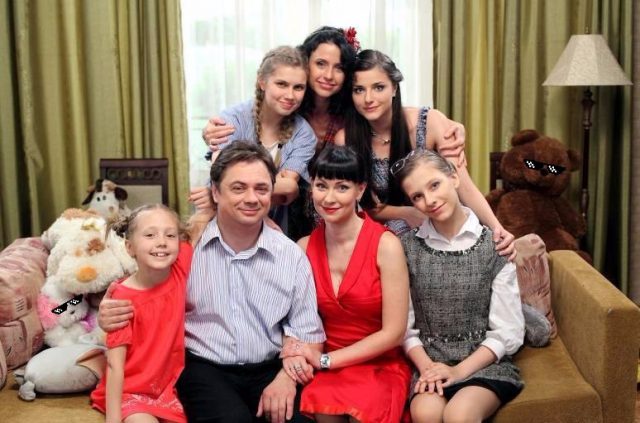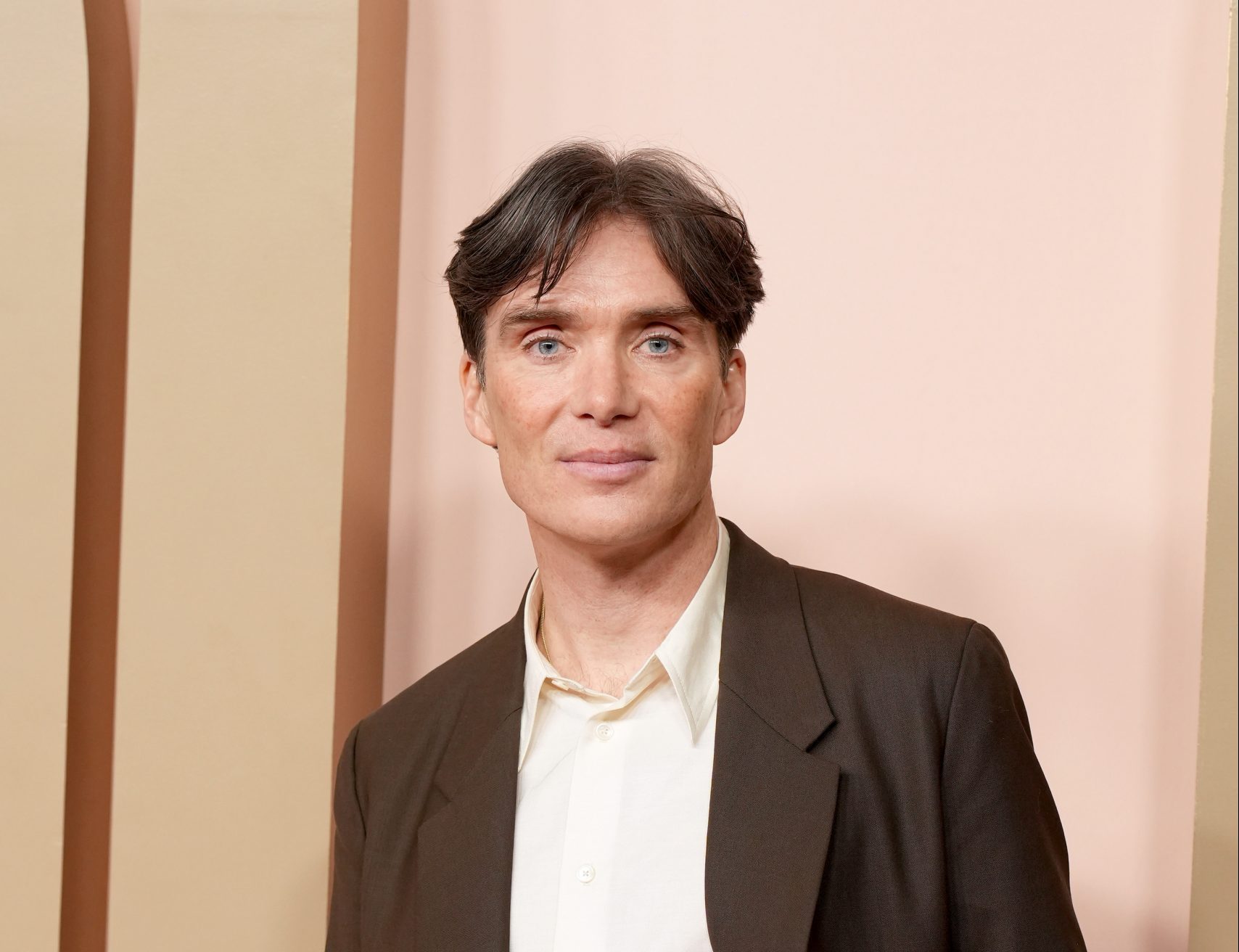An honest confession: I only watched the entire Harry Potter series from beginning to end when I was 25 years old. Therefore, for me, films about the living boy are, first of all, not a fairy tale, but a masterpiece full of very skillful references to real history, myths, legends and the cultural heritage of various eras.
In this article, I will talk about the interesting references that caught my attention while watching. After reading you can pause the movie and play it smartly.

When little Harry and his future classmates have just entered the school, we are shown an open vault – this is the fan-vaulted cloister of Gloucester Cathedral. The use of real historical locations and interiors is one of the distinguishing features of the film. And indeed, why would people in the Middle Ages and the Renaissance try to invent a magic castle if they tried so hard?
By the way, such a complex and very beautiful vault is a characteristic feature of English Gothic architecture; You won’t find such magnificence either in France or Germany.
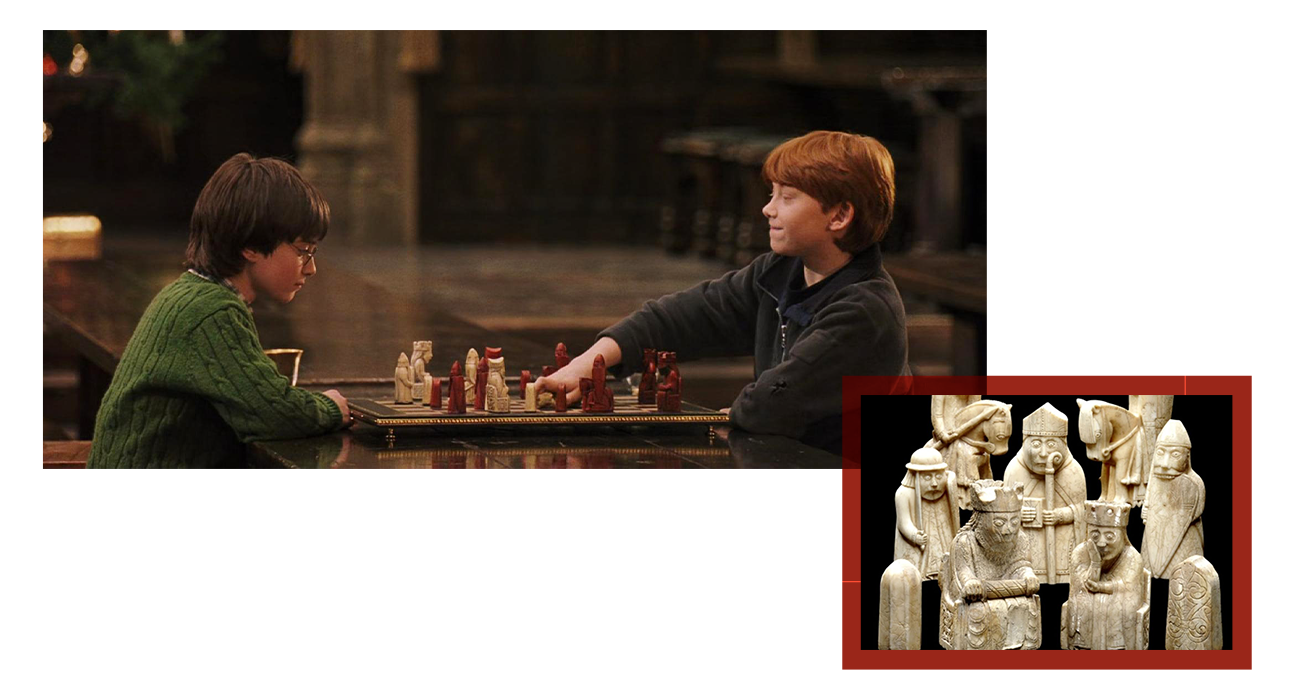
The next thing that caught my curious gaze was an old chess set that belonged to one of Ron’s relatives. And we are not deceived. This is a truly antique chess set from the Isle of Lewis, dating back to the 12th century. They were invented in India and later came to Europe in the 10th century, where they quickly gained popularity among the upper classes. The Isle of Lewis chess set is a unique historical artifact. Found on a Scottish island, these figurines display the rich symbolism of the period. Among them you can see a frightened queen clutching her face and a king with swollen eyes, ready to rush into battle. But my favorites were the knights desperately gnawing on their shields.

The Gryffindor common room is decorated with 15th-century allegorical tapestries depicting the “unicorn”. I’ll take some liberties here: for most viewers, this tapestry will maintain the atmosphere of a medieval castle and deepen immersion in the world of magic, alchemy and fairy tales. But to me, this interior reveals even more aspects of Gryffindor House. By decorating the students’ gathering area with unicorn cages, the director wordlessly emphasizes the values of the faculty: purity and innocence. In medieval tradition, the unicorn could only be tamed by an innocent maiden, and this symbol serves as a perfect reflection of Gryffindor, which values honor and virtue.


Now let’s move on to the puzzle with an asterisk – to determine which portraits are presented on the stairs of Hogwarts and in Dumbledore’s office. On the one hand, the answer is clear: these are magicians. But in the real world, these are historical figures and real-life portraits. I agree, this fact adds realism to the movie and makes you wonder: what if these people really had magical knowledge and skills.
On the steps of Hogwarts you can see many portraits, each with its own story. Among them, in Gerrit Van Honthorst’s “Portrait of King Charles I with a Letter in his Hand”, the letter was replaced by a glass. Also John Singer Sargent’s painting “Lord Ribblesdale”, which depicts a magic hat instead of a top hat. You may also see the canonical portrait of Queen Anne Boleyn out of the corner of your eye. And if in the first two cases it is more difficult to explain the choice of these particular portraits, then with female portraits everything is clear. Henry VIII’s second wife, Anne, became the symbol of the repressed witch of the 16th century, accused of treason and witchcraft. This series is based on Thomas Hendricks de Keyser’s “Dr. Egbert’s Anatomy Lesson”.
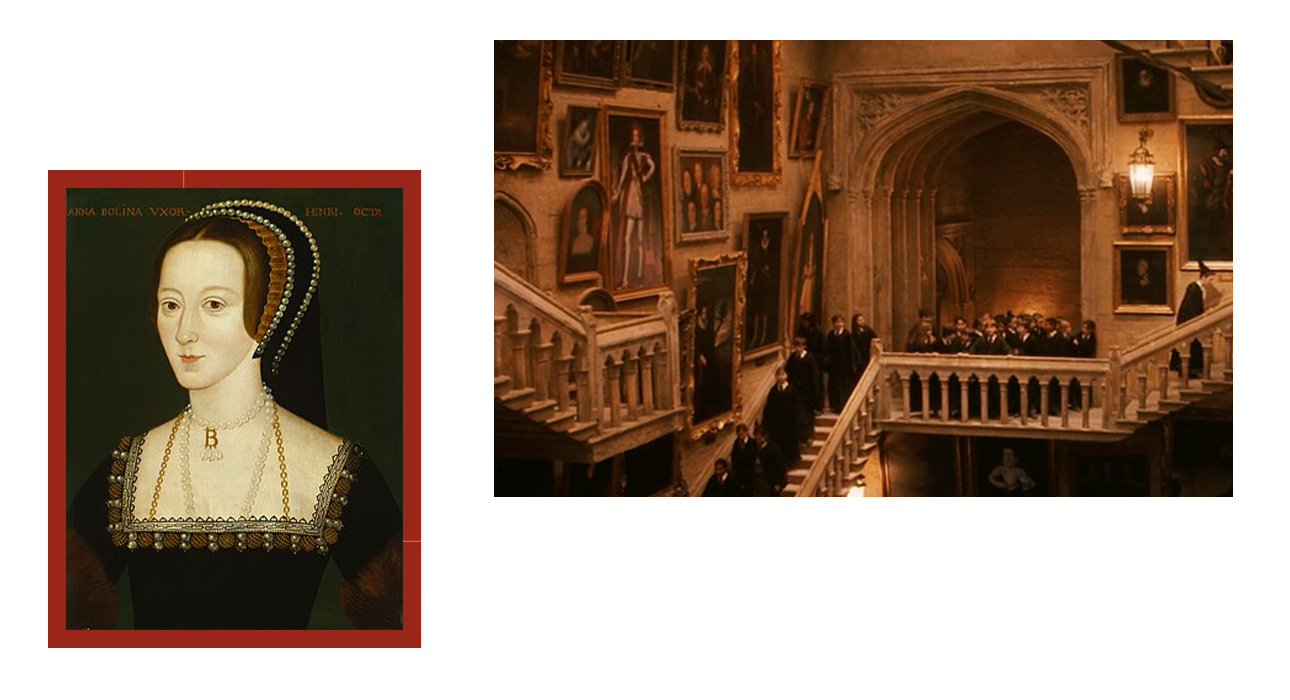
Now let’s move on to Dumbledore’s office, which is filled with portraits of eminent wizards or real historical figures. These include, for example, Karl Stieler’s “Missa Solemnis with music by Ludwig van Beethoven” and a portrait of the distinguished Scottish statesman Archibald Campbell by David Scougalla. Particularly interesting is the portrait of Vera Alekseevna Shevtsova, wife of the sleeping sorceress Repin, depicted in the work “Rest” and the portrait of Johann Sebastian Bach.
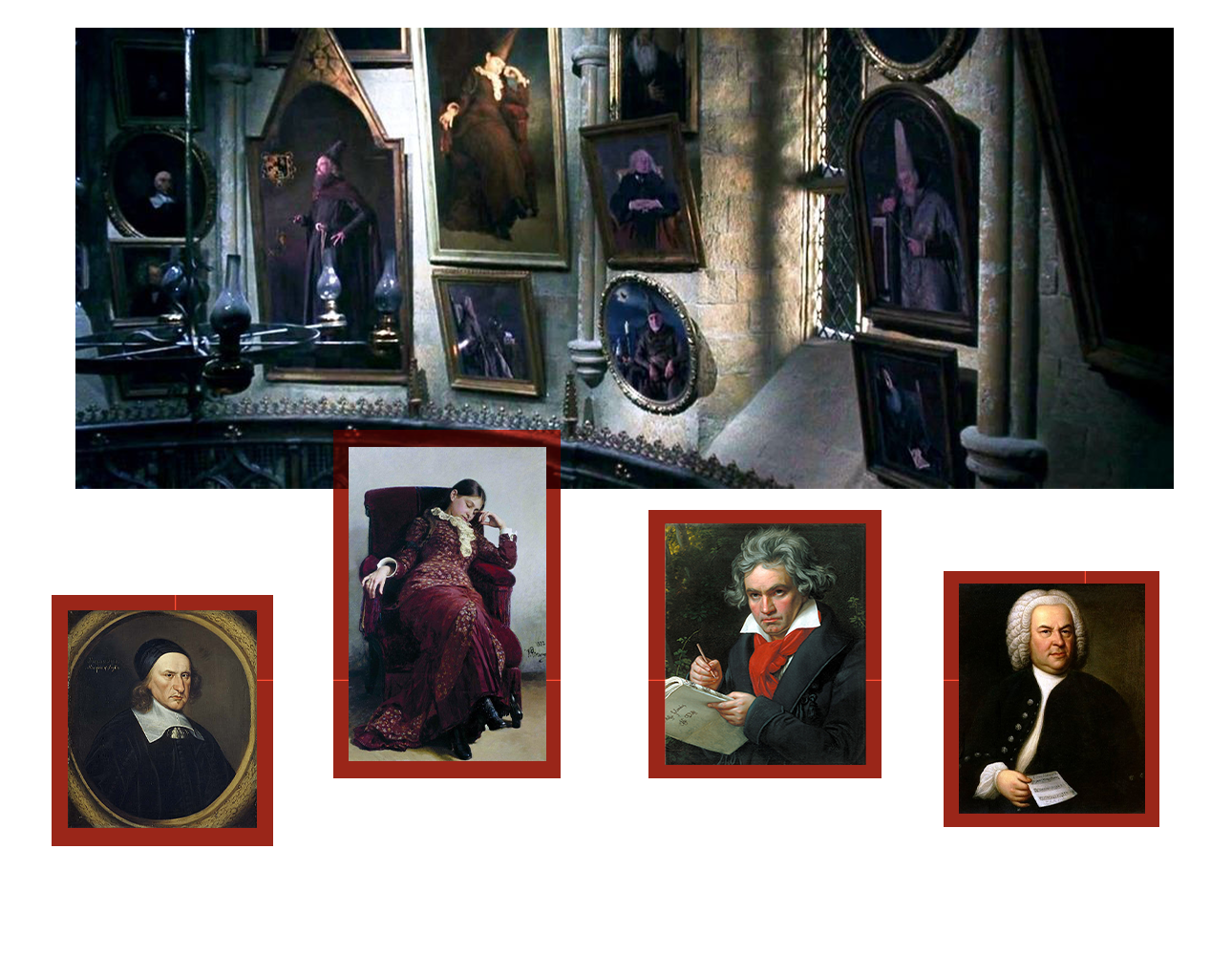
But historical figures are found in films not only in pictures, but also in history itself. An example of this is the magician Nicolas Flamel (“Harry Potter and the Philosopher’s Stone”). In reality, he is a French bookseller and philanthropist with knowledge of alchemy. According to legend, a man created the philosopher’s stone and lived for more than six hundred years. In the Harry Potter books, Flamel and his wife were the guardians of the Philosopher’s Stone and used it to create the elixir of life.
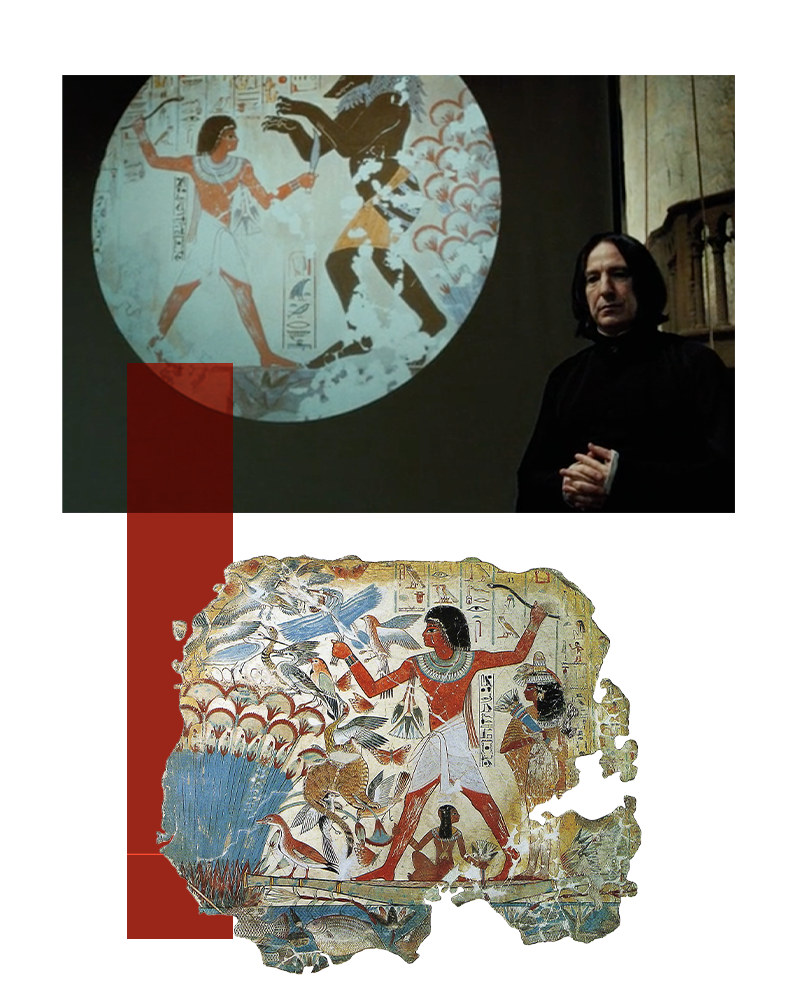
And if you think the use of historical references ends there, pay attention to Snape’s lessons. When he talks about werewolves (Harry Potter and the Prisoner of Azkaban) we see how this legendary creature penetrated the art of different eras. First, werewolves in the Stone Age, then in Ancient Egypt, where the image of the hunt from the tomb of Nebamon became a kind of prototype. We then see Leonardo da Vinci’s famous “Vitruvian Man” and werewolves in Greek ceramics – here this image becomes part of everyday life. And of course, the film reminds us of werewolves in India and Ancient Rome, which are inextricably linked to myths such as the legends of Romulus and Remus.

I drew attention to the story of Buckbeak in the third part of the Harry Potter movie. The magical creature turned out to be very angry and attacked Draco Malfoy for his foolish actions, causing Lucius Malfoy to demand that Buckbeak be tried and executed. If everything is more or less clear with the execution, then the trial of an animal causes bewilderment in the viewer. But if you dig a little deeper into history, it turns out that animal testing was not that rare in the past. Here are a few examples: In 1386, a pig was executed in France for killing a baby. Even a lawyer defended him, but it was no use – the pig’s nose was cut off and hanged. In 1457 a sow was executed at Savigny-sur-Etang for killing a male pig, but the piglets were acquitted and sent to a monastery. And in 1474, in Switzerland, a rooster was accused of witchcraft for laying eggs. They burned it, fearing that the basilisk, a legendary monster, would appear. Therefore, Buckbeak’s trial fits well with medieval traditions.

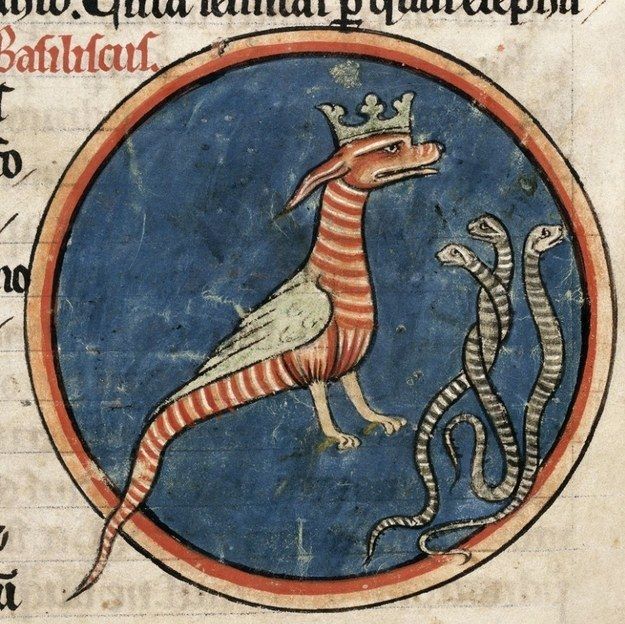
In Harry Potter and the Chamber of Secrets, the Basilisk appears as a snake that lives in the dungeons of Hogwarts. So who is this legendary character? It is described as a horned viper in ancient sources. Pliny the Elder wrote that “all snakes flee from his hiss.” His ability to kill lay not only in his poison, but also in his sight and smell. However, the most interesting detail stated by Pliny was that only caressing could harm the Basilisk. Later, this creature underwent changes: it began to be depicted as a winged snake with a rooster’s head. By the Middle Ages it acquired a dragon’s tail, swan’s wings, a rooster’s comb, and spurred bird feet. In the world of Harry Potter, we see a more canonical, older image of this creature.

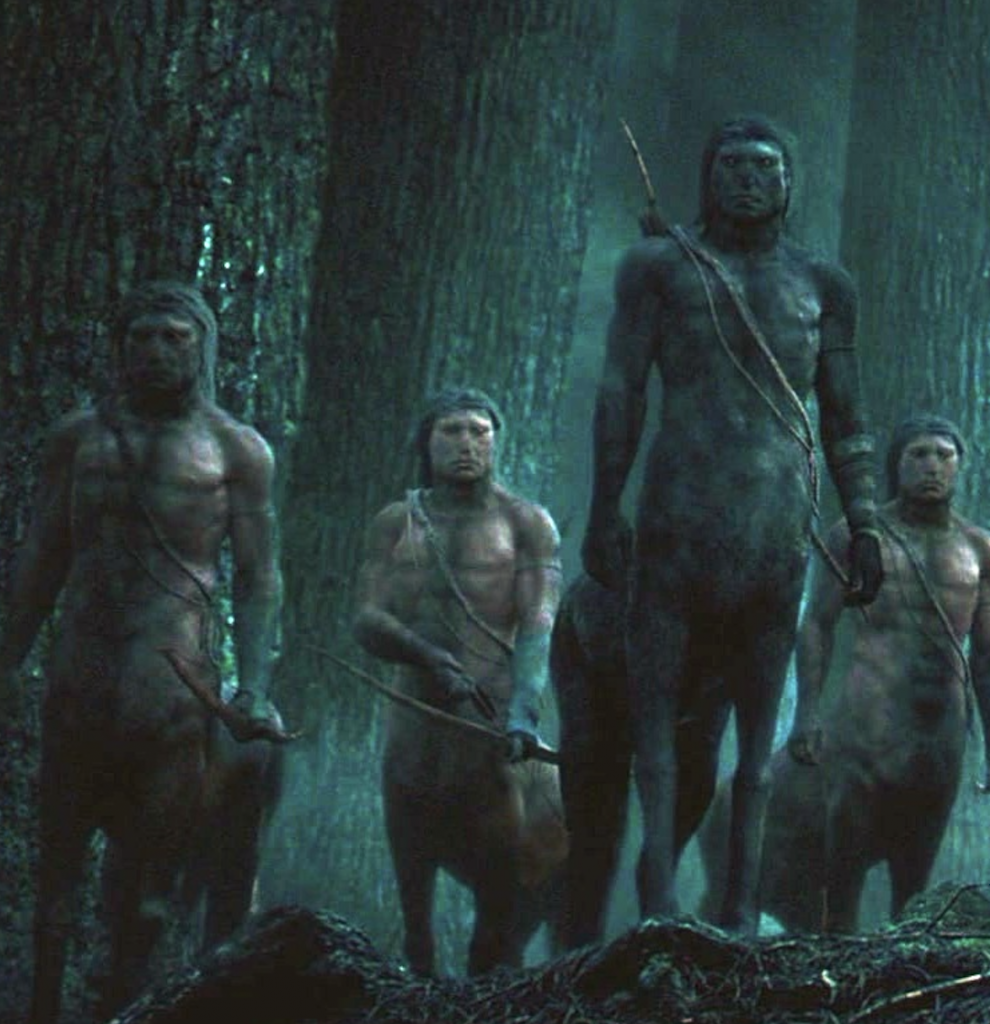
Dragons are characters found in ancient texts such as Pliny and Gaius Julius Solinus. They are described in bestiaries as the largest of all creatures, with a huge tail that they use to envelop and strangle their prey. In the Middle Ages, the dragon was associated with the image of the devil and became a symbol of evil and horror.
Centaurs in Harry Potter are depicted as wise and mysterious creatures, but in myths their nature is not so clear. In ancient times, centaurs were known for their violent temperament and alcoholism. But there was also an extraordinary person among them: Chiron, a wise and kind teacher who taught many heroes, including Jason, Achilles and Orpheus.

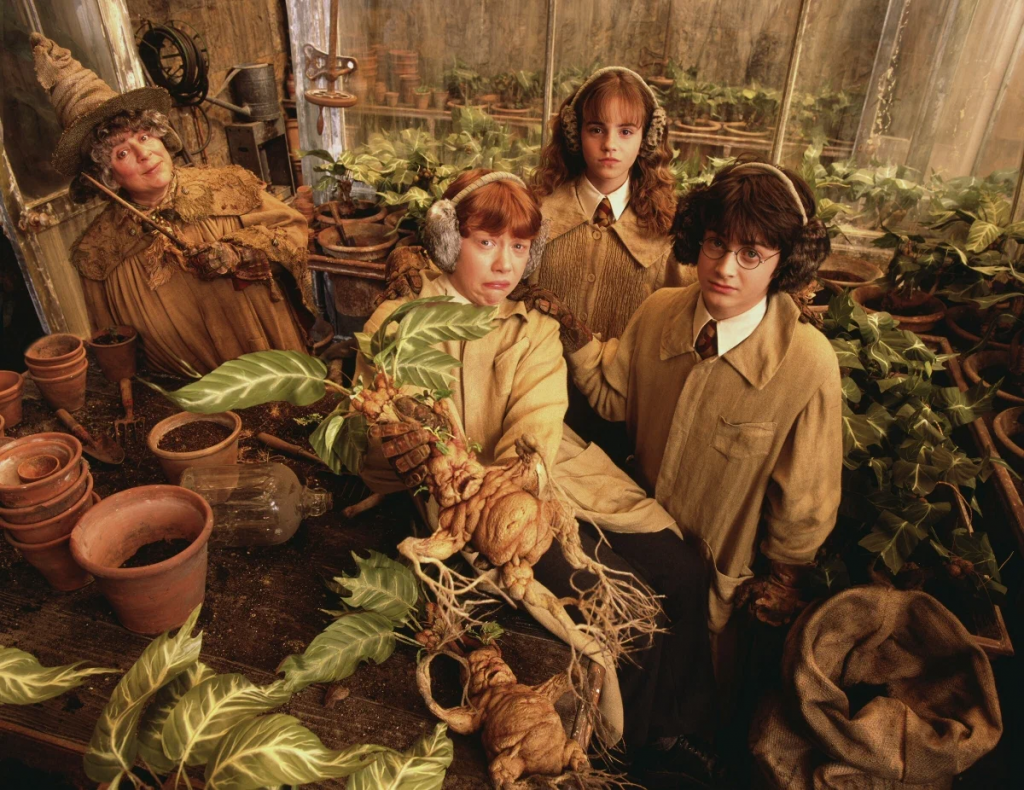
Mandrake is a magical plant that resembles humans in appearance. In the world of Harry Potter, mandrake root is used to create a concoction that heals those turned to stone (for example, after an encounter with a basilisk). This true plant has been known since ancient times and is used for various medicinal purposes. Mandrake paintings were found in the early 6th century AD. It is in the book of Dioscorides of Vienna that the doctor describes this plant in detail.
Source: People Talk
Errol Villanueva is an author and lifestyle journalist who writes for The Fashion Vibes. With a passion for exploring the latest trends in fashion, food, travel, and wellness, Errol’s articles are a must-read for anyone interested in living a stylish and fulfilling life.

